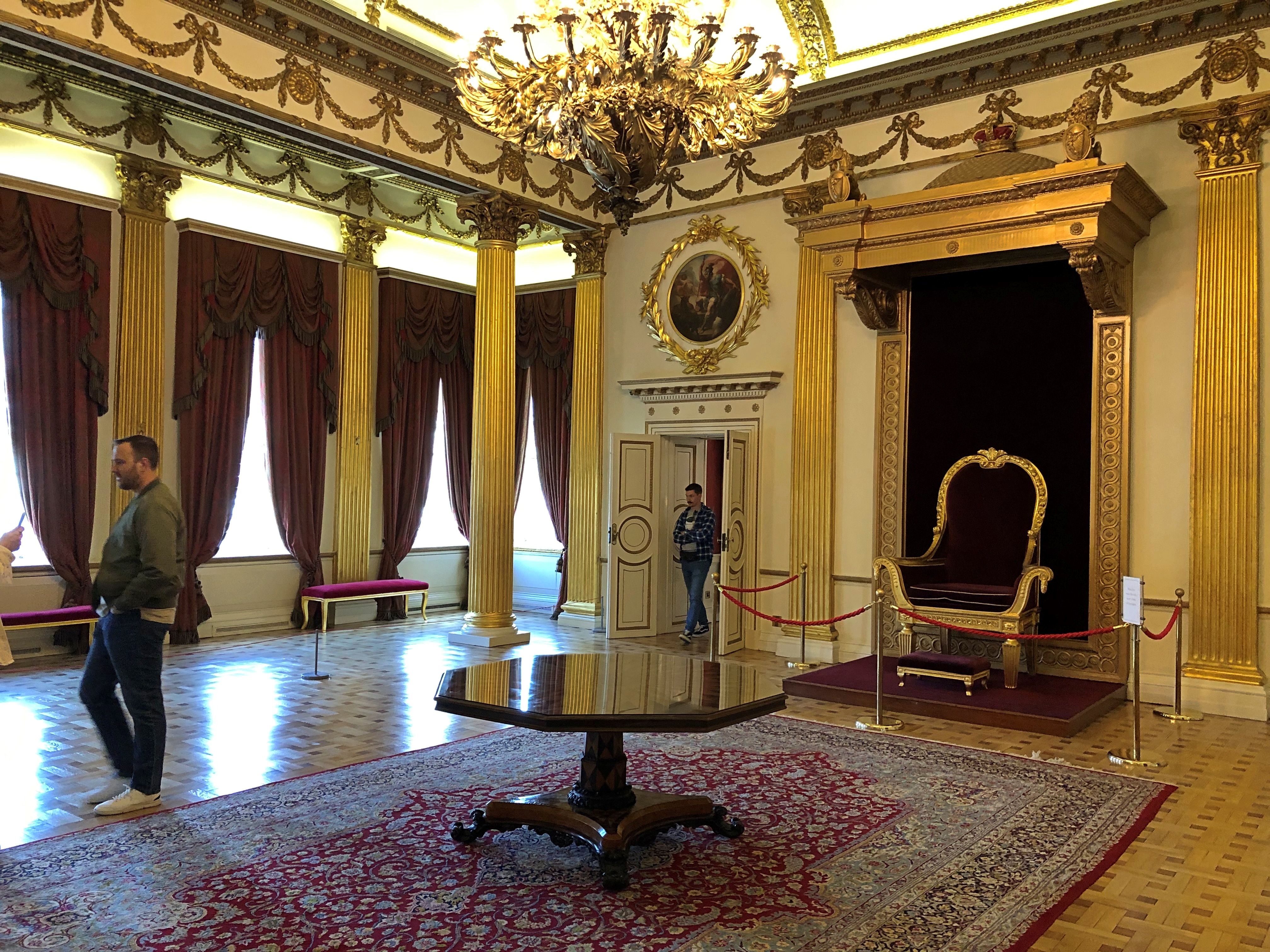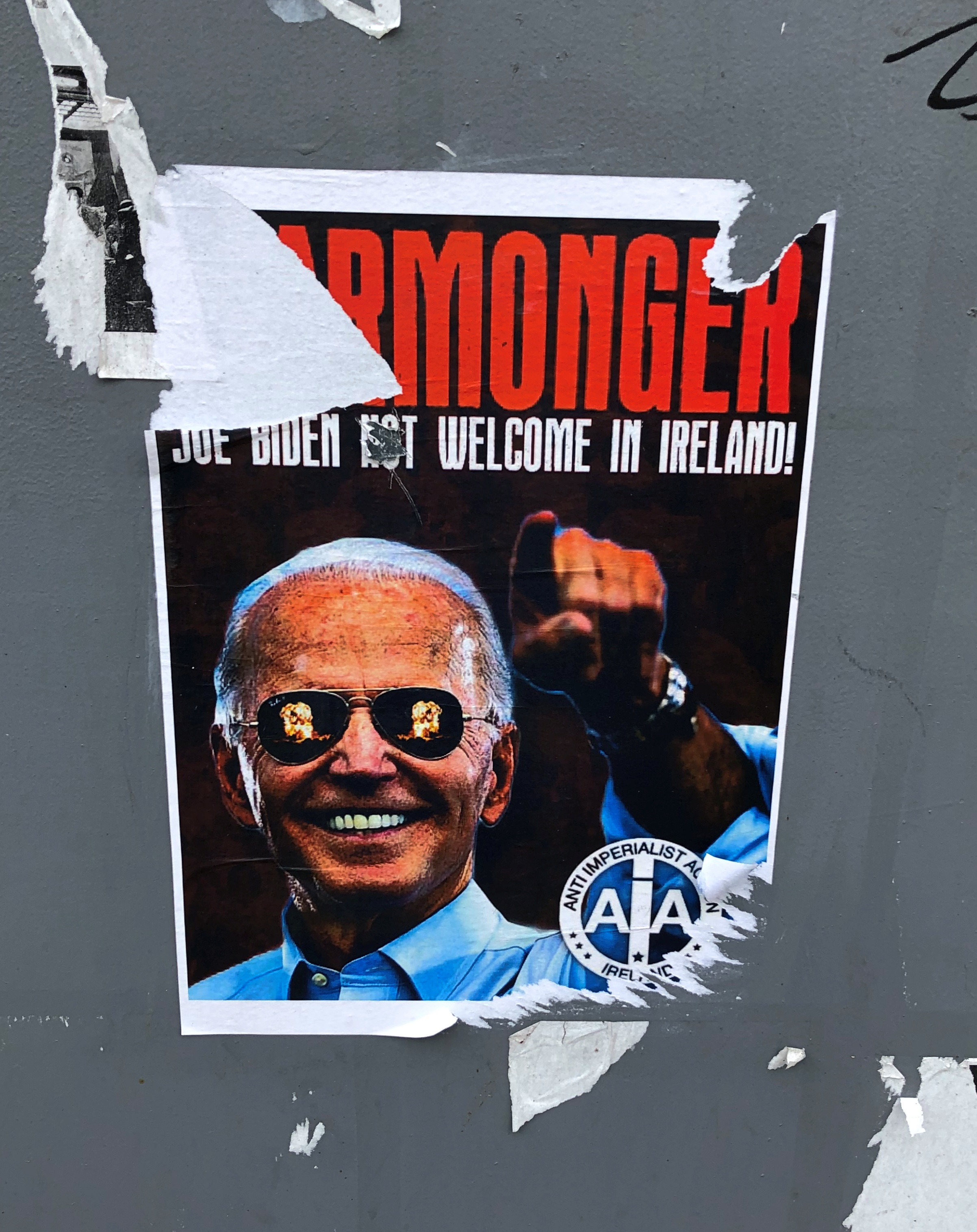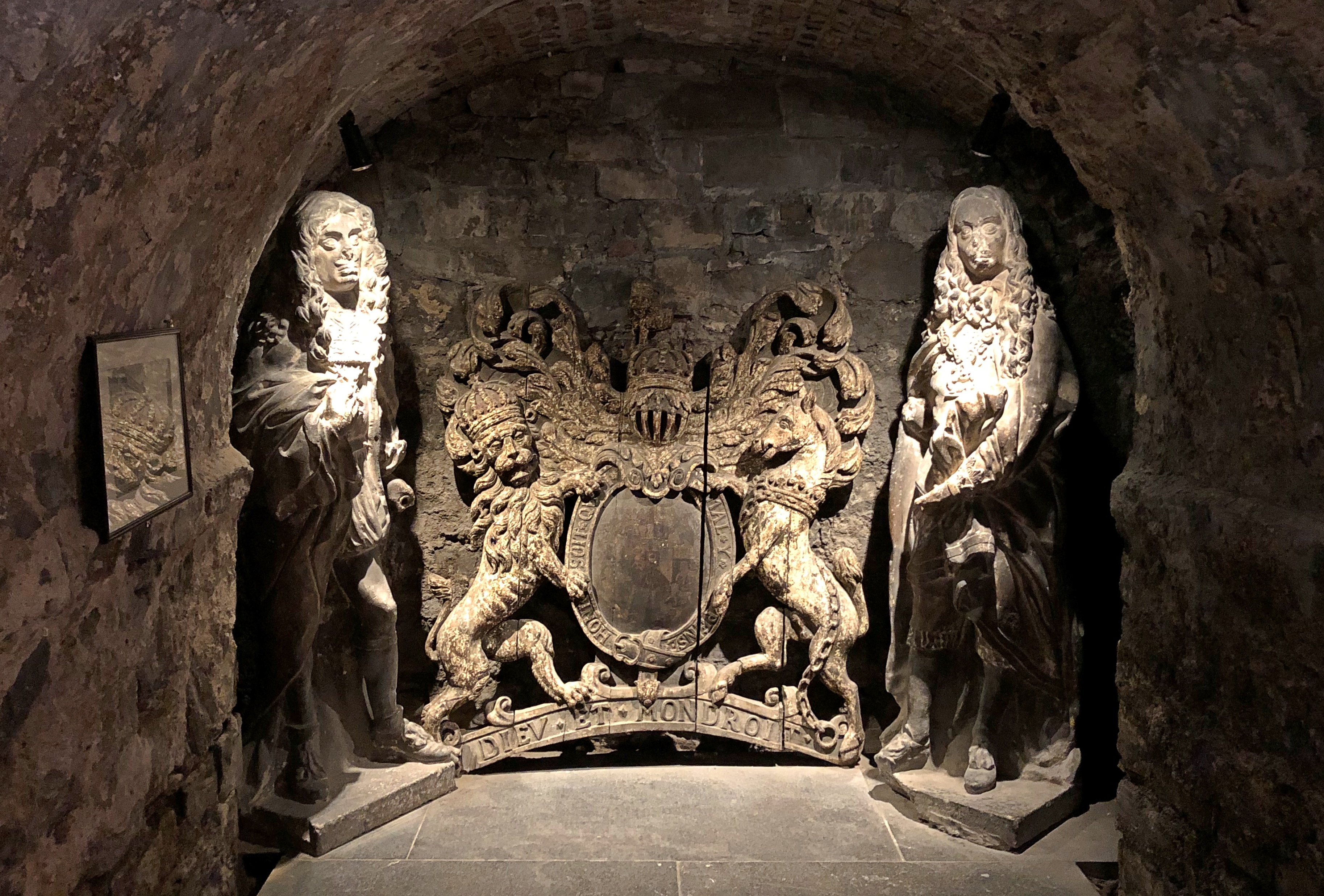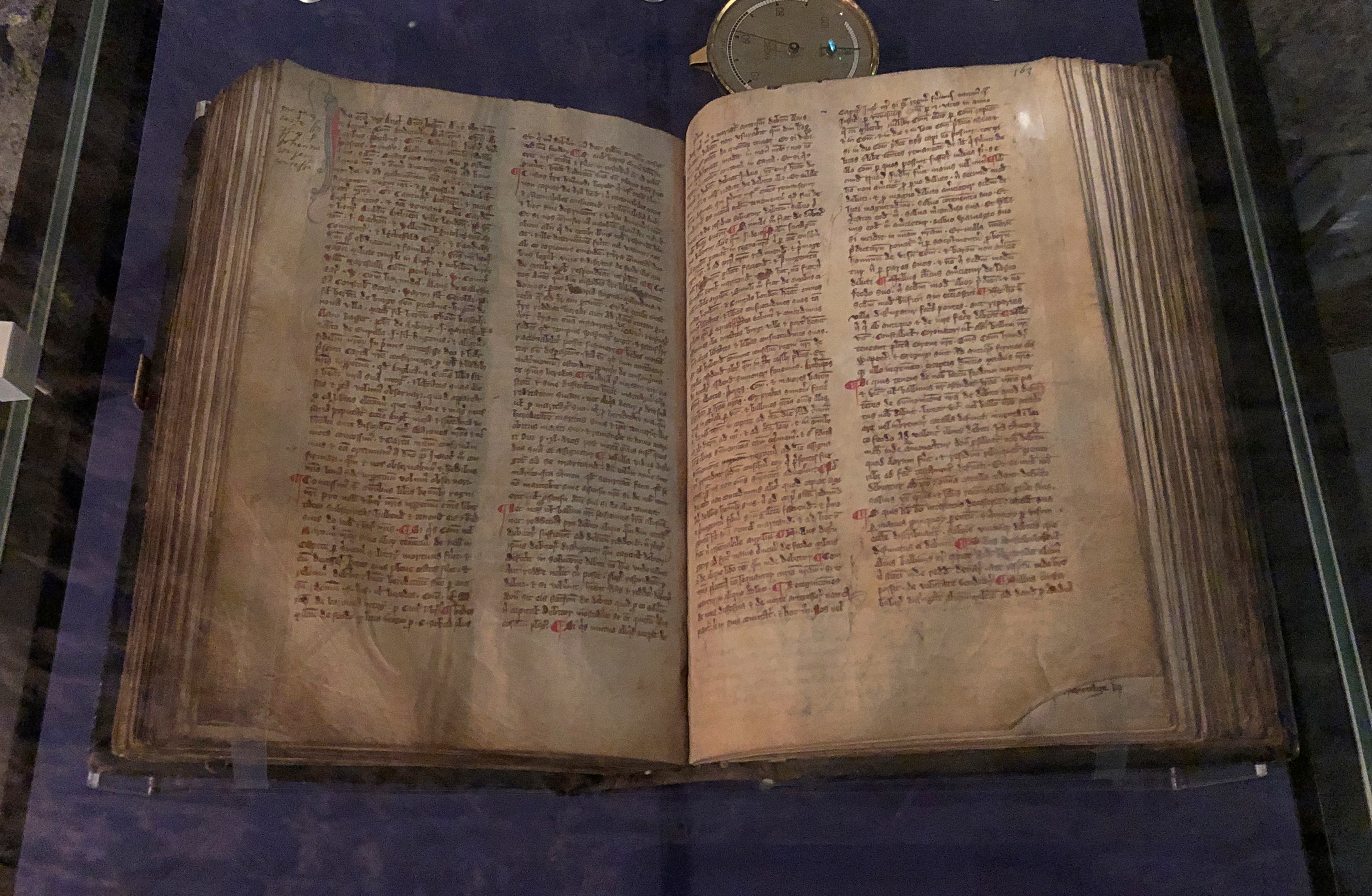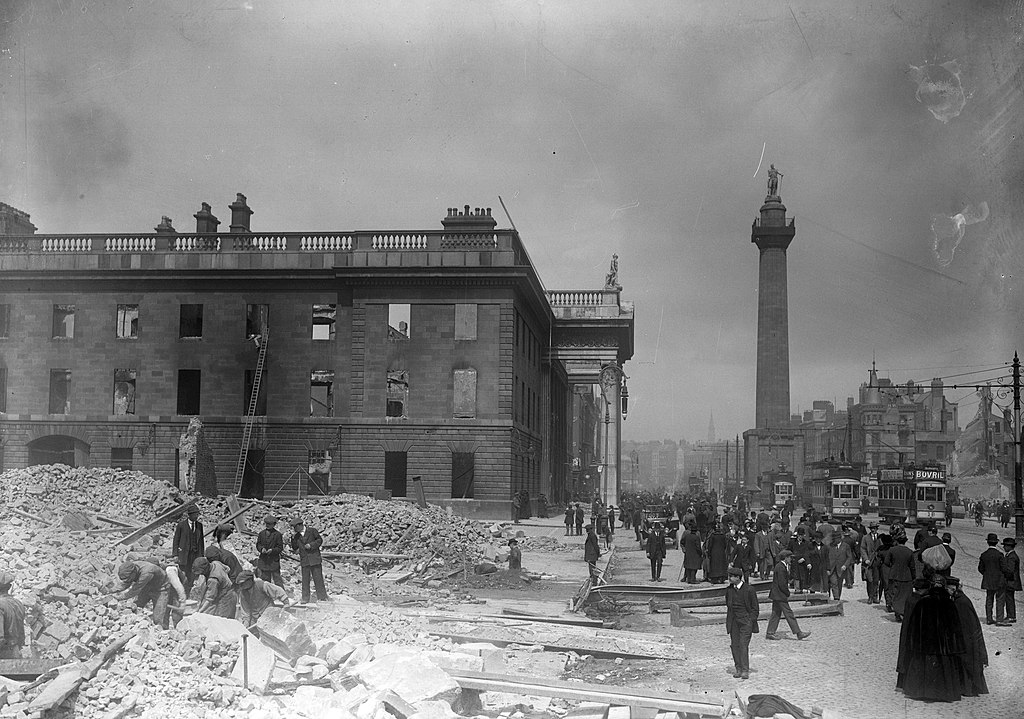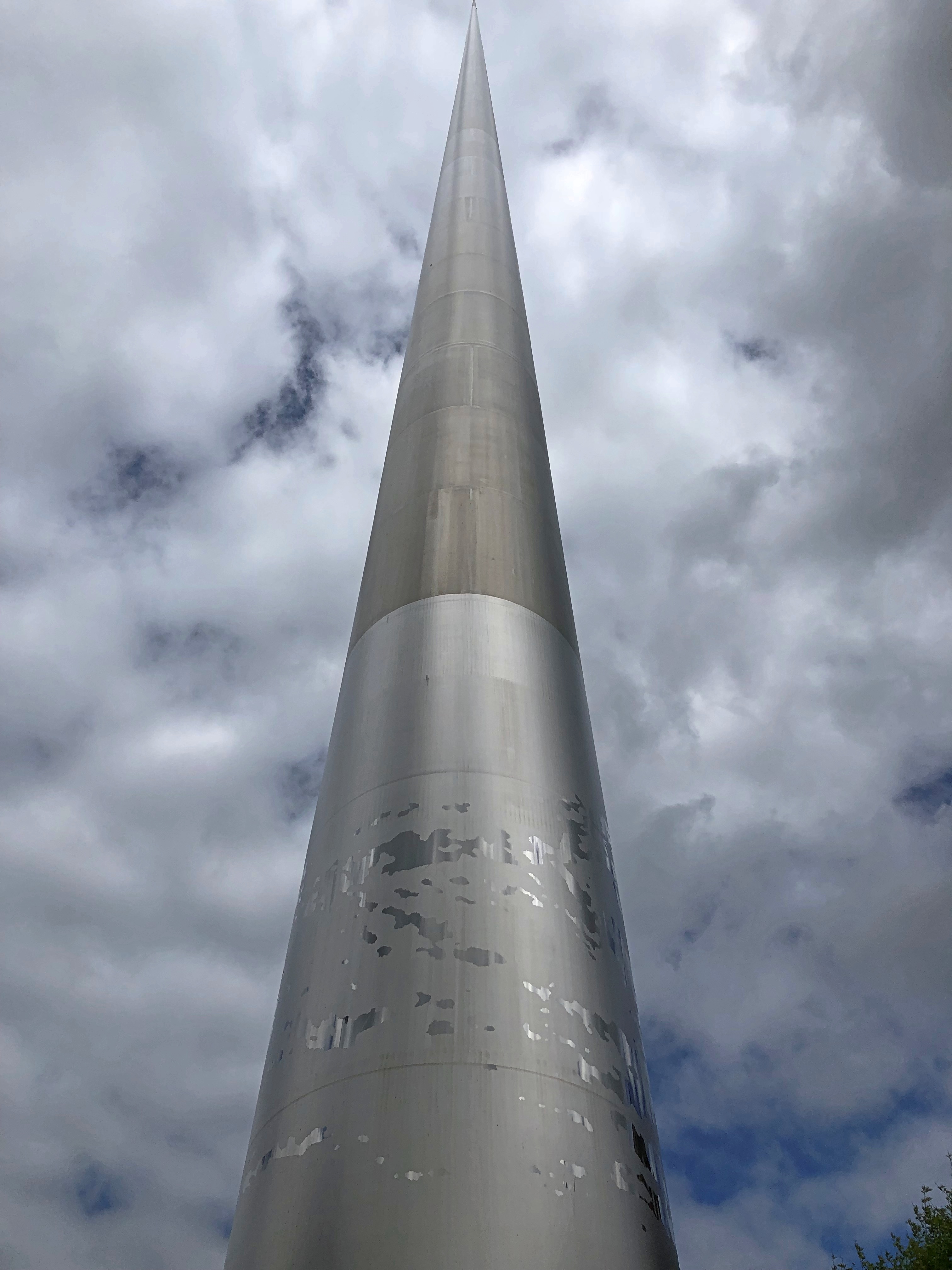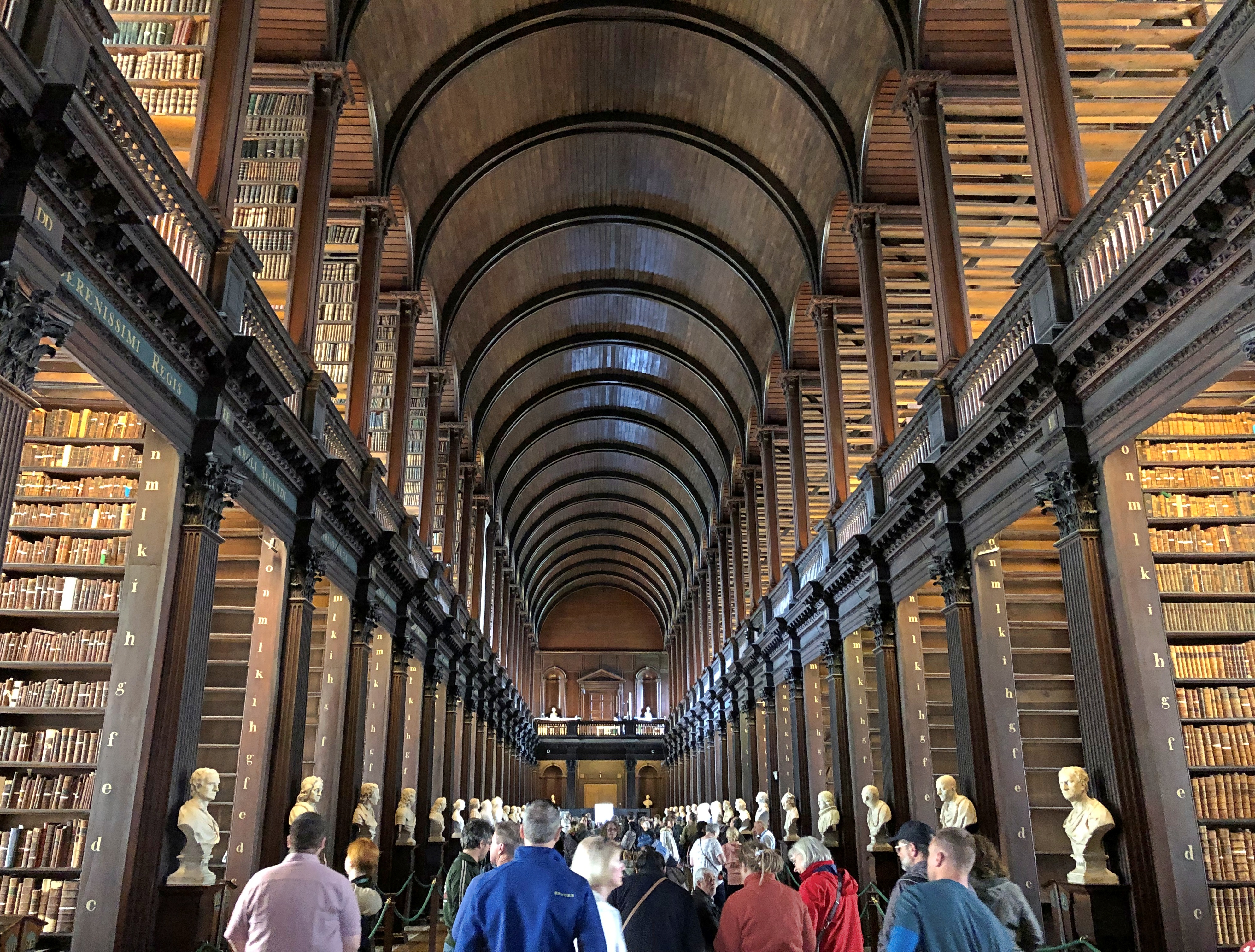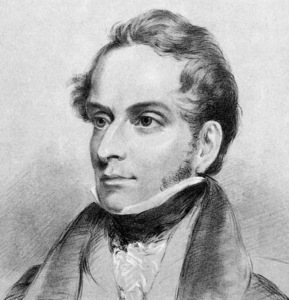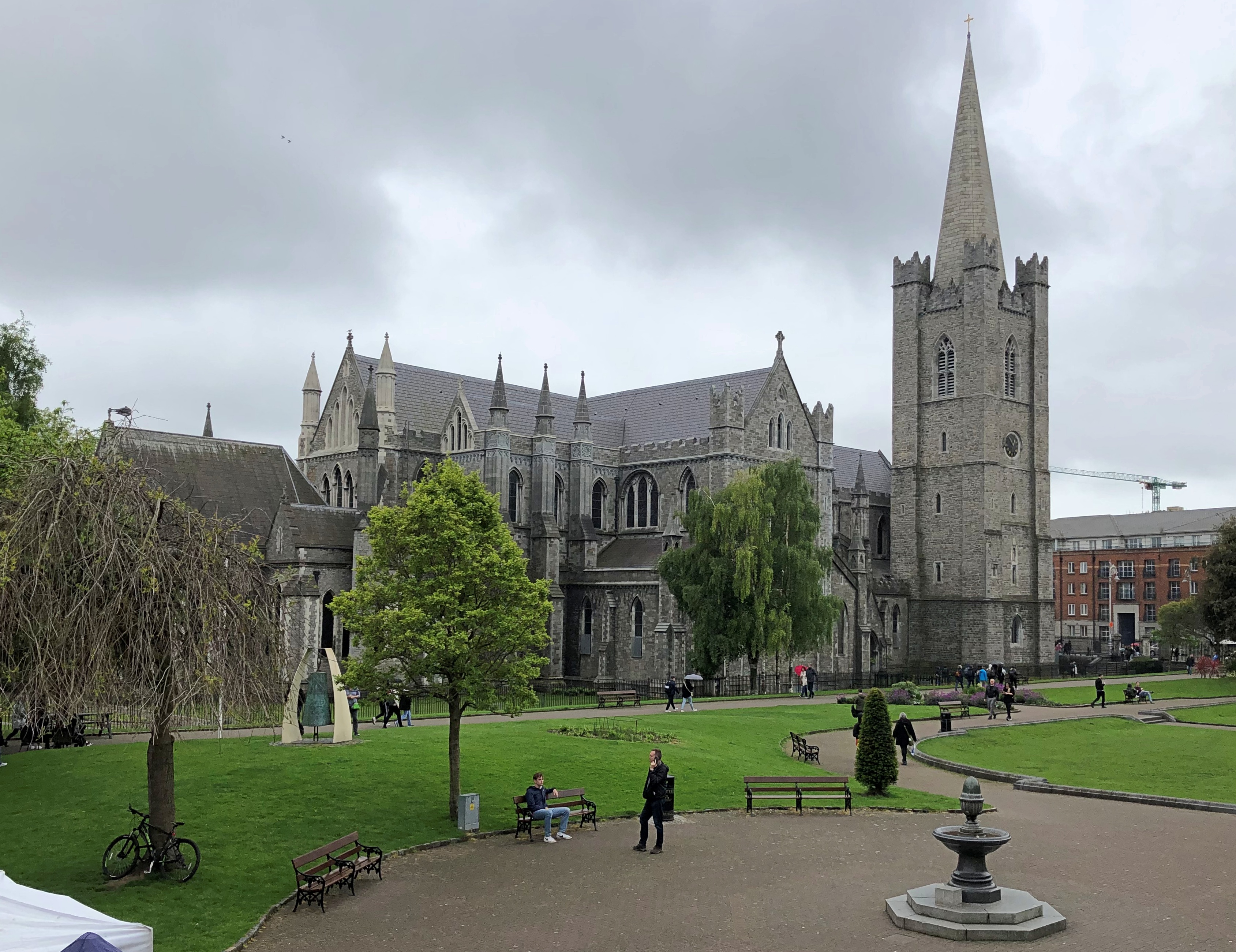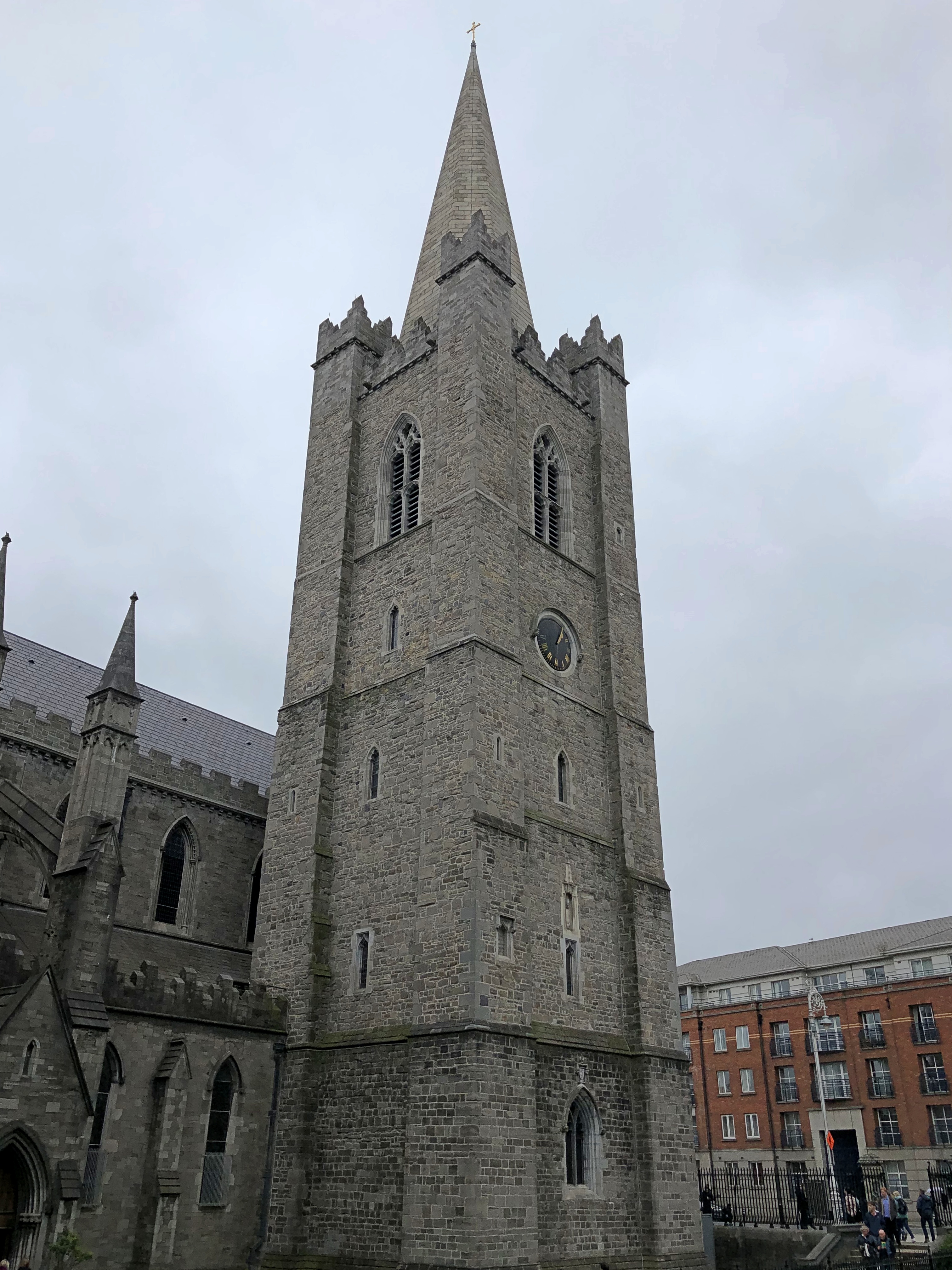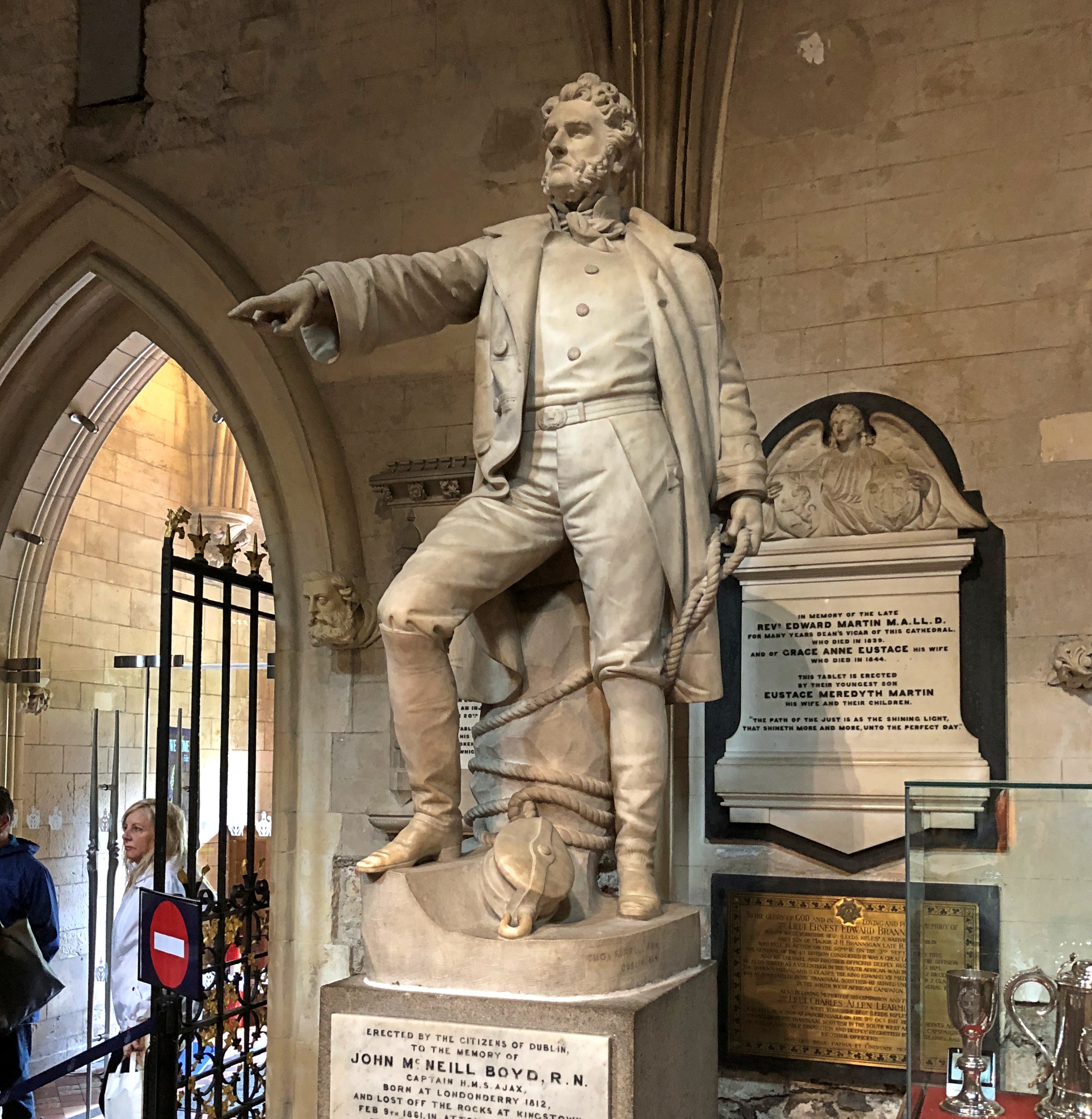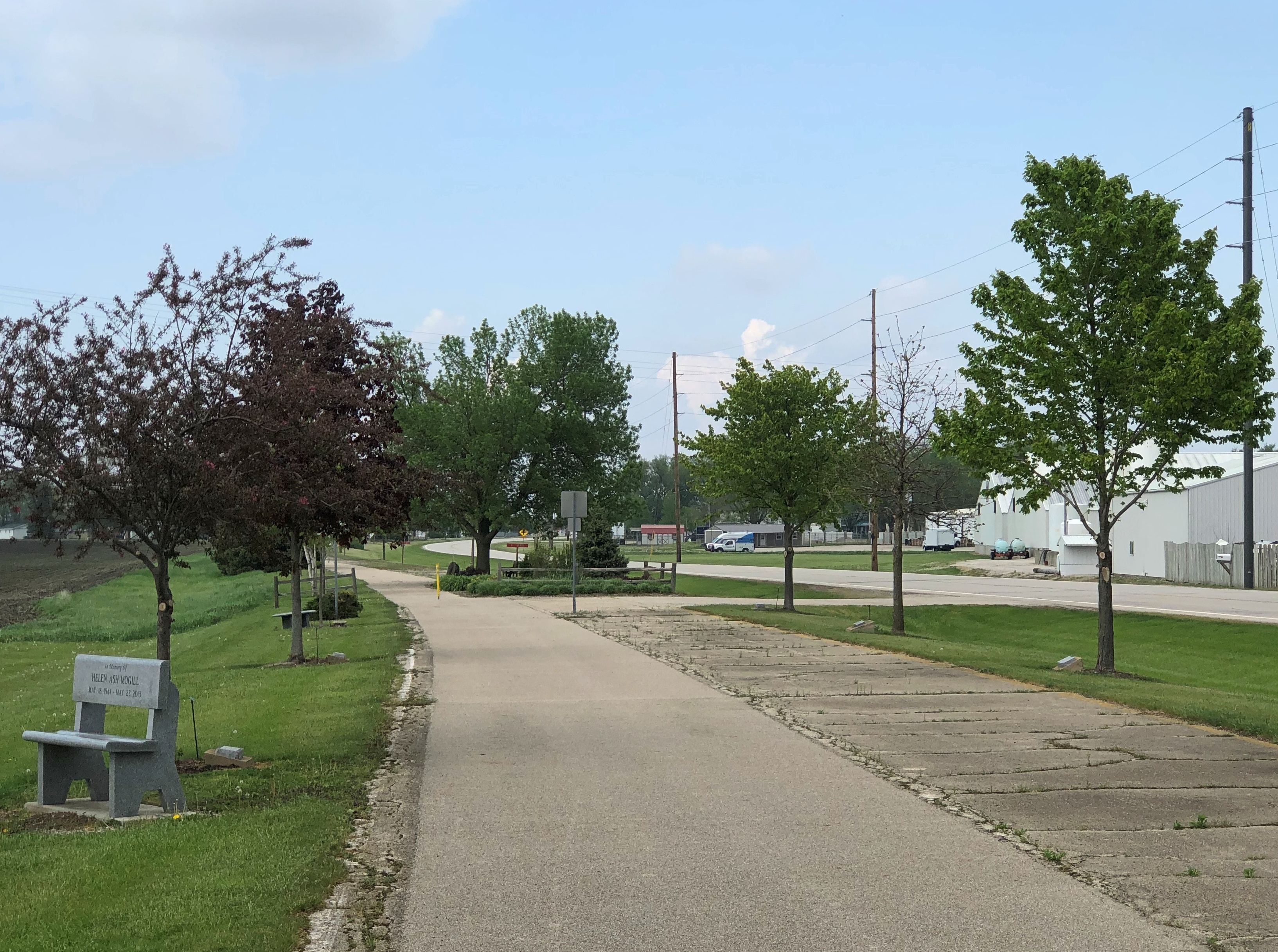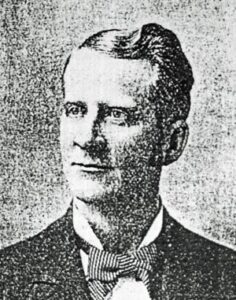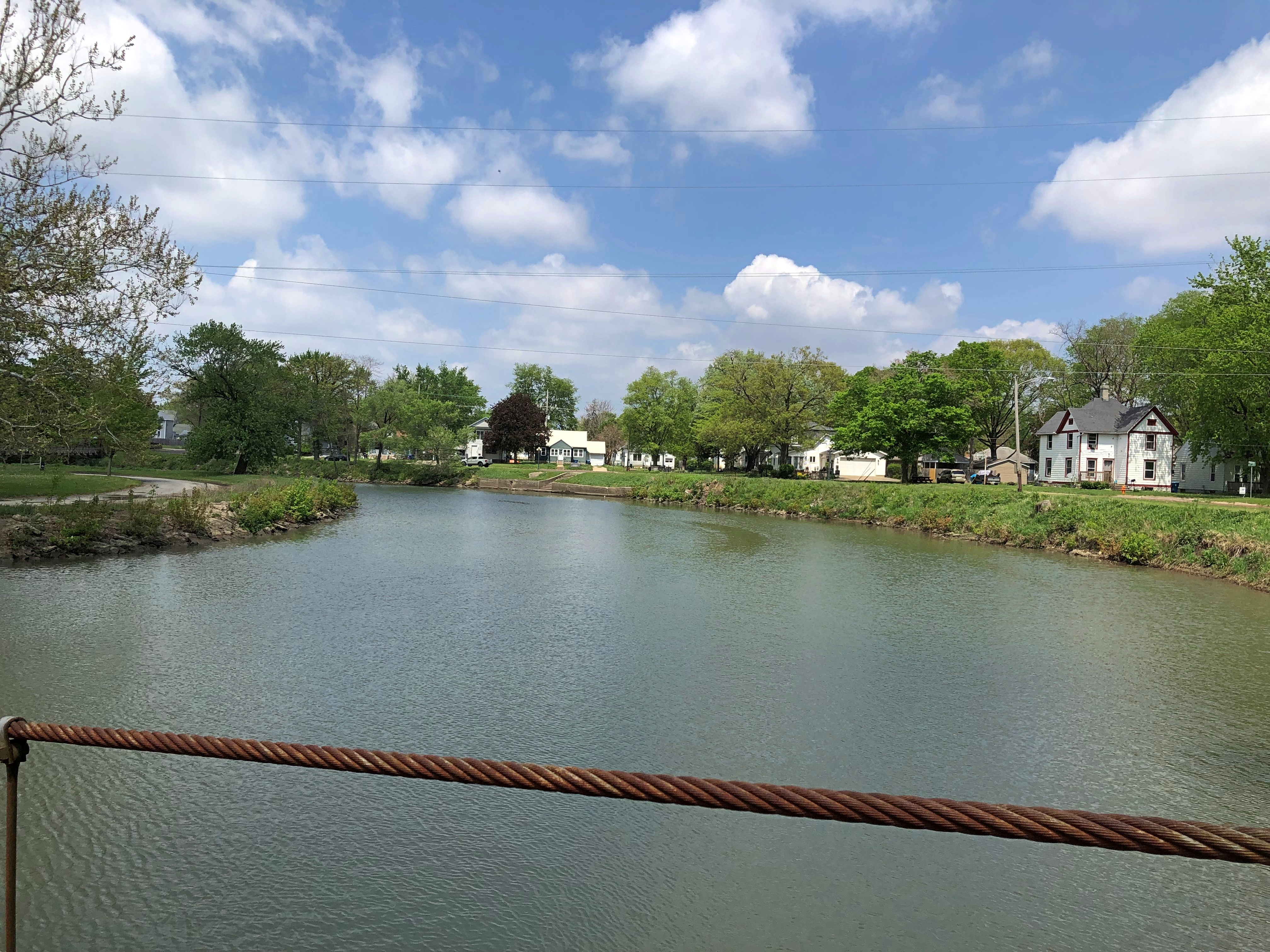Summer-like days have arrived here in Illinois more-or-less on time, the last week of May. Temps pushing and then exceeding 30° C., as they would calculate it in the EU. Which I suspect would wilt the Irish.
Climates To Travel, re Ireland: “In Summer, from June to August, temperatures are cool: average highs are around 17/18° C. (63/64° F.) in the north, and around 19/20° C. (66/68° F.) in the rest of Ireland. The rains are also frequent in this season.”
Once upon a time, the population just lived with it. And maybe drank heavily, though far be it from me to peddle Irish stereotypes.
Now many Irish can afford sunny holidays around the Mediterranean. On the way to the airport to catch our flight to Barcelona, I told our cab driver – a fellow about my age – where we were headed, and he said he’d just been to somewhere on the Costa Brava for holidaymaking, though I didn’t catch the name of the place. (Indeed, from 2014 to 2019, the number of Irish taking trips to the rest of the EU and everywhere else ballooned, according to the Republic’s Central Statistics Office.)
I asked him whether he’d grown up in Dublin, and he said he had, and that the city wasn’t anything like it used to be.
“You know where O’Connell crosses the river?”
As it happened, I did. Busy place. Lots of traffic.
“There used to be two cops directing traffic there, one on each side. That was all there needed to be.”
Everywhere is different compared with 50 years ago. I seem to remember having a similar conversation with our driver about how much Mexico City had changed since the Olympics, and my own experience with San Antonio and Nashville on even shorter timelines is the same.
One of the last places we visited in Dublin, while our bags under the care of the front desk of the hotel we’d checked out a few hours earlier, was the Guinness Storehouse. It isn’t far west of central Dublin, and part of the Guinness brewery complex in St. James’s Gate, but not a brew facility any more.
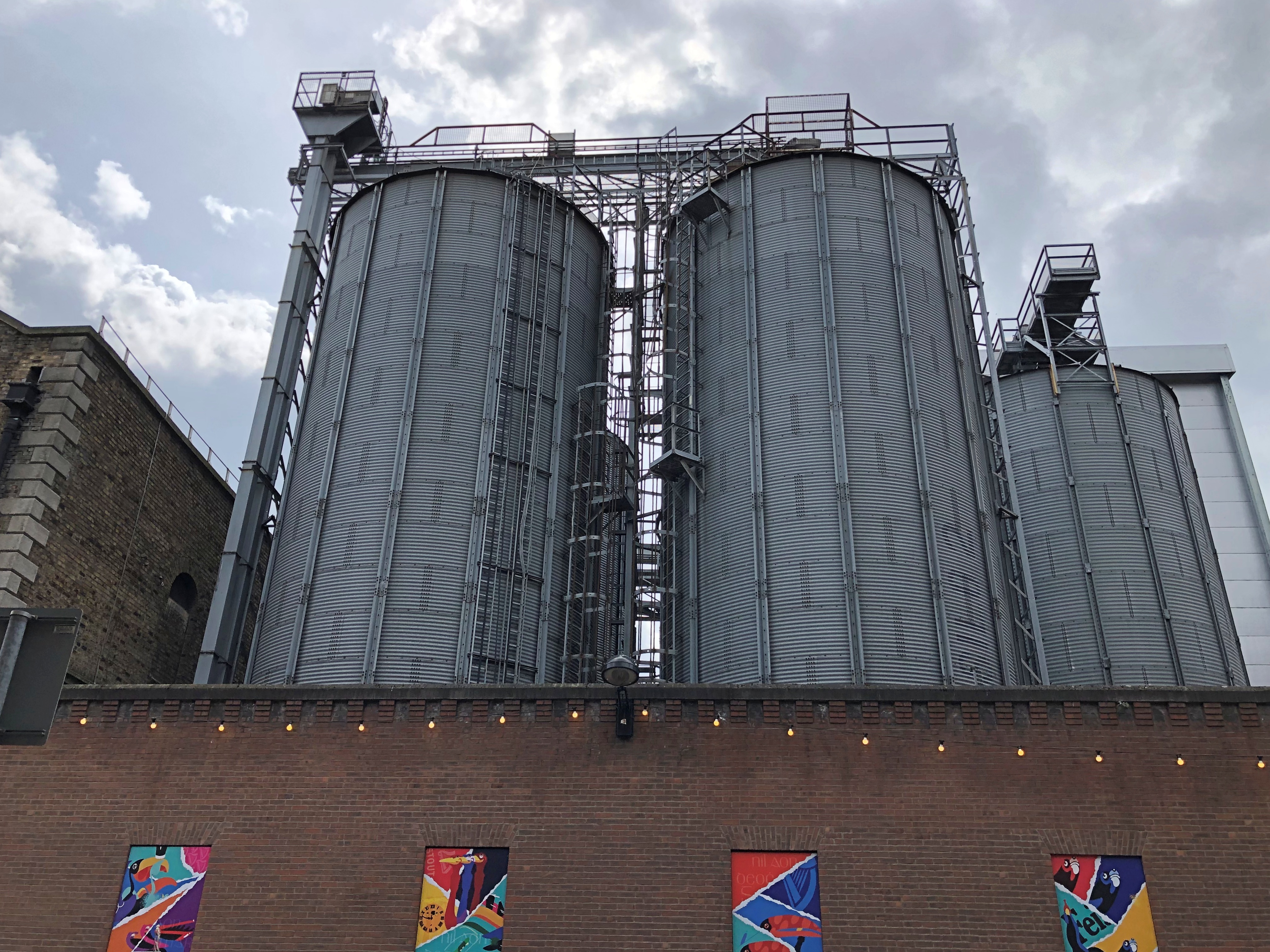
I prefer touring actual breweries and seeing their equipment, such as at the Carlsberg brewery in Copenhagen or the Yuengling brewery in Tampa. But Guinness is probably too popular for that, so the famed brewery created a museum within an old fermentation plant that had been originally developed in 1904 and, remarkably enough, was Ireland’s first steel-frame building, nearly 20 years after Chicago’s Home Insurance Building.
As a tourist facility, the storehouse opened in 2000, and an uncited stat at Wiki says 20 million people have visited since then. I believe it. The place was fairly crowded, with mostly Irish and American English audible, but some German too — the only place in Dublin where I heard much.
Looking up from the ground floor inside the storehouse.
Not, I have to add, the first floor, which is the second floor, and typically marked “1” on Irish elevator buttons, that is, lift buttons (“0” is the ground floor, “-1” the basement). It was the same in Barcelona.
You don’t take elevators up anyway. Going up via escalators to the next few floors, you see various facts on the wall.

Plus artifacts from the brewery’s history, such as a safe in which a supply of spare yeast used to be kept.


My favorite displays were of Guinness advertising over the years.


The famed zoo animals advertising the beer – which I didn’t realize were famed – were the creation of English artist John Gilroy (d. 1985).
“Guinness is Good for You” was a mid-century ad slogan. For years, I thought that was just something people said. I guess it was, encouraged by adverts. These days, however, that sort of claim, vague as it is, would seem to be banned by Irish advertising standards.
The tour ends on the top floor of the building, home of the Gravity Bar, which has some fine views of Dublin, making you realize what a low-rise place it is, for a metro area of about 2 million. That is due to regulation, which limits building height to a maximum between 16 meters and 28 meters – about what, eight or nine stories? The Gravity Bar is on the seventh floor; which would be the eighth floor.
The structure to the left is part of the actual production facility for Guinness.
Not sure what building that is under construction, but there were a fair number of cranes active in Dublin when we were there. That activity will probably slow down soon, since the European Central Bank has been raising interest rates, too.
The Gravity Bar is where you have your Guinness, which comes with the price of the tour. I don’t particularly care for it, but I drank it all. You can’t come to Ireland and not drink at least one. No doubt the marketing staff at Diageo, the London-based multinational that owns Guinness, would be happy to know that even a fairly beer-indifferent American feels that way.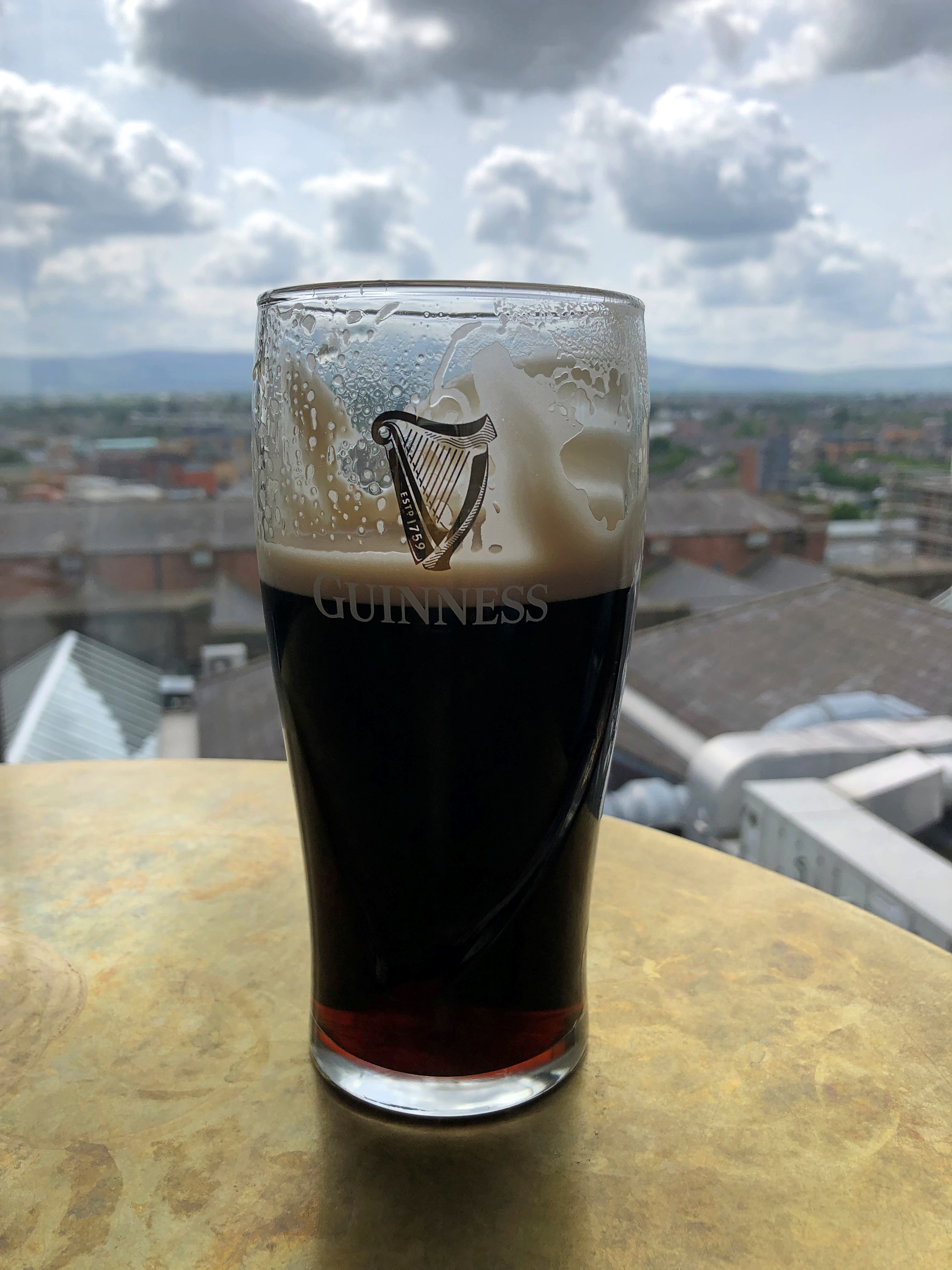
Besides the traditional stout, the brewery offers other Guinness products, including a 0.0 stout, which Yuriko had. Not to trade on stereotypes or anything, but that doesn’t seem very Irish.













